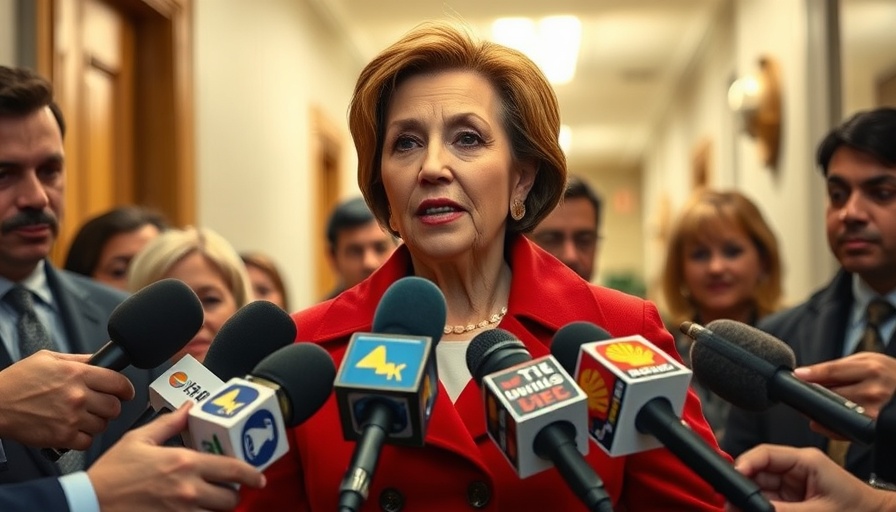
A Call for Change: Transforming Workplace Culture at the Cannabis Commission
The turmoil within the Massachusetts Cannabis Control Commission (CCC) underscores serious issues surrounding workplace culture that resonate broadly across various sectors. However, the recent upheaval ignites discussions about not just accountability, but the necessary reforms to ensure a healthier work environment.
Understanding the Depth of Workplace Culture Issues
In light of newly released documents regarding the ousting of former chair Shannon O’Brien, it's clear there are multiple sides to the story. O'Brien was brought in as a change agent, yet allegations suggest she may have perpetuated the very toxic culture she sought to overcome. This paradox of leadership raises essential questions about how such an environment can thrive in a sector that is supposed to promote wellness and dialogue. In the wake of these revelations, organizations across sectors must grapple with their own workplace issues.
Unpacking the ‘Toxic Culture’ Narrative
The phrase 'toxic workplace culture' has become alarmingly common in today's discourse on work environments. Notably, internal testimonies depict a commission rife with discord and mismanagement. Commissioner Kimberly Roy described the environment as one where HR was weaponized against those striving for improvement. This creates a chilling effect on productivity and morale, leading to a cycle of dysfunction that can linger well beyond individual tenures.
Lessons Learned from the CCC Debacle
The events at the CCC serve as a cautionary tale for many organizations. When leadership fosters an environment of distrust and fear, it can lead to high turnover rates, reduced employee satisfaction, and overall organizational inefficacy. As seen with the departure of key figures like Collins and others, unresolved interpersonal conflicts can lead to a mass exodus of talent. The lesson is clear: organizations must not only invest in their culture but actively pursue strategies for ongoing improvement.
Strategies for Creating a Healthier Workplace Environment
What can organizational leaders learn from the CCC situation? It's imperative to prioritize actions that bolster workplace culture. Initiatives such as forming diversity, equity, and inclusion committees can enhance a sense of belonging and promote engagement among employees. Moreover, regular evaluations of human resource policies can help to ensure they align with best practices that foster a supportive environment.
The State Legislature’s Role in Reform
With the Massachusetts legislature considering significant changes to the CCC’s governance structure, the greater question revolves around accountability and oversight. With new leadership in place, there now lies an opportunity to transform its legacy into one of resilience and reform. Future decisions regarding the agency's leadership roles must clearly define responsibilities and ethical boundaries to aid in shifting the culture towards one rooted in teamwork, transparency, and collaboration.
A Healthy Workplace Is Not Just a Luxury, It’s Essential
As discussions surrounding workplace toxicity become increasingly prevalent, it’s crucial for all workers to understand the significance of a healthy work environment. Employees deserve to work in spaces where they feel safe, valued, and empowered to share their ideas. Cultivating a supportive culture is not merely beneficial for mental health; it directly impacts productivity and overall organizational success. Dispersing the knowledge of what constitutes a healthy workplace can result in direct improvements and foster a more inclusive and productive work environment.
Call to Action: Demand Change in Your Workplace
As the CCC navigates this difficult chapter in its history, other organizations must heed the lessons learned. It's crucial to recognize that culture can dictate the success or failure of any initiative. By advocating for changes in your workplace, whether it be through open dialogue about mental health or by pushing for structural reforms, you contribute to a more conducive work environment. Engage with your peers and superiors about setting clear expectations and policies that foster collaboration and respect. Let’s push beyond toxic narratives and build workplaces that are truly reflective of our shared values.
 Add Row
Add Row  Add
Add 




Write A Comment